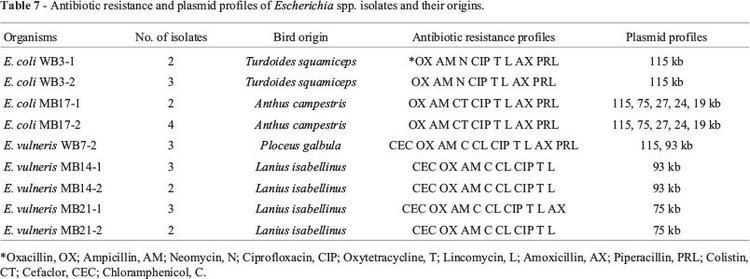Domain Bacteria Phylum Proteobacteria Family Enterobacteriaceae Higher classification Escherichia | Kingdom Eubacteria Order Enterobacteriales Genus Escherichia Rank Species | |
 | ||
Similar Escherichia, Bacteria, Enterobacteriaceae, Escherichia hermannii, Ewingella americana | ||
Escherichia vulneris is a species of Gram-negative bacteria in the same genus as E. coli. E. vulneris is a fermentative, oxidase-negative, motile rod, which holds characteristics of the family Enterobacteraceae. This bacterium can colonize in the respiratory tract, genital tract, stool, and urinary tract. However, E. vulneris is most often associated with wounds and has been known to colonize open wounds of both humans and animals. This association gave the bacterium its species name, vulneris, which is Latin for wound. It has also been infrequently reported in cases of meningitis. It was defined as a new species in 1982.
Contents
Morphology
E. vulneris is of the genus Escherichia, which it shares with the more commonly known E. coli. Its structure is rod-like (bacilli), and it is made motile by peritrichous flagella (covering the whole body of the bacteria). E. vulneris is facultatively anaerobic, and is not spore-forming. Optimal growth occurs at 35-37 °C, and can colonize on a simple nutrient medium. Colonies are generally smooth and low convex with shiny surfaces.
Resistance
Susceptibility studies have shown E. vulneris is susceptible to 14 antibiotics, including third-generation cephalosporins, aminoglycosides, trimethoprim, and sulfamethoxazole-trimethoprim. Similar studies have shown they have some type of resistance to the aniobiotics penicillin and clindamycin, and were also marginally resistant to carbenicillin, erythromycin, tetracycline, chloramphenicol, and nitrofurantoin.
Studied cases
Twelve Hawaiian patients infected with strains of E. vulneris were isolated. Except for two of the infected, evidence was found of soft tissue infections from multiple bacteria, caused by the E. vulneris. The two without soft tissue infections had purulent conjunctivitis. However, none of these cases had colonies of E. vulneris considered to be abundant or pathenogenic. In one study, E. vulneris strains were injected into mice using both 107 cells and 106 cells. The 107 strain failed to cause serious symptoms in the infected mice. None of the 106 strains was able to produce persisting infections.
